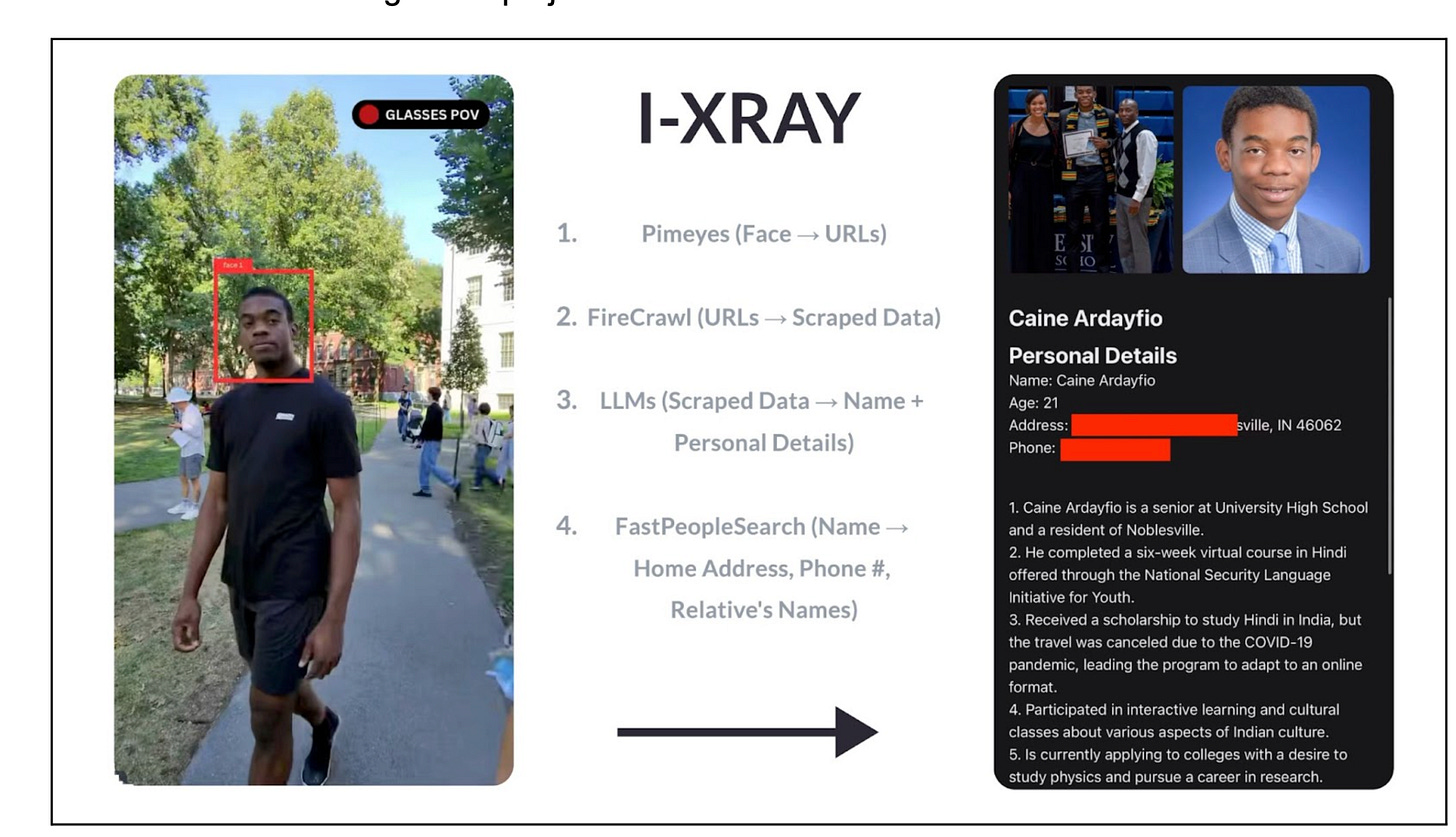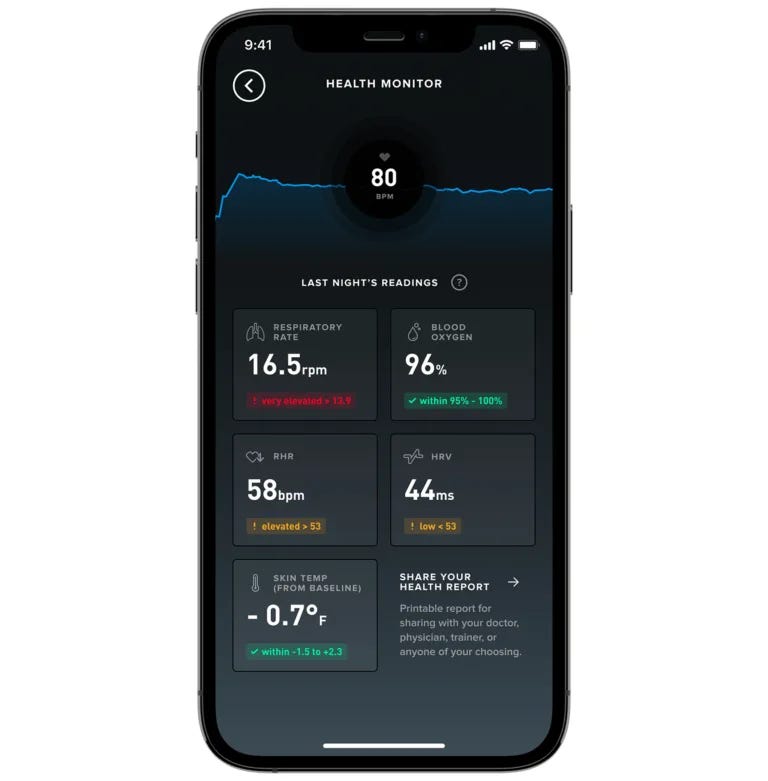Fair Value Exchange: When Are Customers Happy to Share Their Data?
Personalization Isn’t Creepy—If It’s Done Right
Whenever you hear someone talking about ‘too much personalization’, you can substitute ‘not enough value’
The relationship between data and personalization is a fine balance that’s constantly shifting.
As marketers and technology evolve, companies are constantly gathering customer data to provide tailored experiences.
Customers are also hearing about data mis-management and seeing the bad results.
The key to making this process work, without veering into "creepy" territory, lies in delivering clear value to a customer.
Consumers are more than willing to give you their data—if they feel they’re getting something of equal or greater value in return.

If you offer a fair value exchange for data, you’re on the right track.
Being Creepy is Easy
With the crazy glut of personal data out there online, personalization doesn’t always work out the way you expect.
For example, students recently hacked smart glasses to near-real-time pull up public information on people in normal life.
Would having a door-to-door salesman mention your alma mater make you more likely to buy their product? Or would it make you slam the door in their face?
Don’t guzzle data into your enterprise whirlpool1 of no return—only capture (and use) data that is useful to your customer!
Personalization Isn’t Creepy—If It’s Done Right!
Fruit-Size Pregnancy Apps
The now-iconic “what fruit size is your baby” comparison has charmed this generation’s expectant mothers, helping them track their baby’s development in a (somewhat) relatable way.
It’s an example of a deeply personal use of data that doesn’t trigger privacy concerns because it’s providing a clear, tangible benefit—an understandable reference for a complicated process and entertainment.
The data collected is intimate, but when the value exchange is transparent and useful, the customer perceives it as beneficial, not invasive.2
Fitness Tracking Wearables
This principle also applies to fitness and health tracking devices like Whoop. These wearables collect a plethora of personal data: heart rate variance, sleep patterns, physical activity, and more.
In another context, such as if an insurance company secretly collected this data without user consent to update pricing models, it would be a massive privacy scandal.
But customers willingly pay Whoop to monitor this information, because they get insights that help them optimize their fitness and health—an exchange they perceive as fair.
The Value-Privacy Equation
This value exchange is at the heart of why some data uses are seen as acceptable, and others as a breach of privacy.
The equation is simple: If customers value what they’re getting in return for their data, they’re more inclined to share it.
On the flip side, if data is collected without clear value—or worse, without their knowledge—it feels like a violation.
The customer-imposed value is important to consider, because not all audiences care about the same things. Some segments might find certain personalizations creepy and be negatively affected while others may love them.
Don’t assume customers value things in the same way.
One reason companies like Whoop thrive in this space is their clear communication of the benefits: better fitness tracking, improved health awareness, and personalized recommendations.
Customers are paying to hand over their personal data, because the product has made it clear what they stand to gain.
This transparency builds trust.
On the flip side, when companies fail to communicate this exchange, they risk alienating customers.
An example can be found in insurance companies or financial institutions that might secretly track similar data without user consent.
If the customer is unaware—until a breach—or doesn’t see the benefit, they’re likely to view such practices as invasive or manipulative.
The Need for Transparency and Control
At the core of this value-for-data exchange is transparency. Customers need to know exactly what data is being collected, how it will be used, and, most importantly, what they will get out of it.
When consumers feel like they’re in control of their data, and when the value proposition is clear, their perception shifts from suspicious to collaborative.
Q: How do I know if customers value what I’m offering with their data?
A: If customers genuinely value your analysis, they’ll undergo effort to give you data. If you have to extract data from them, they probably don’t care that much
Transparency extends beyond simply telling customers what data is being collected. It involves presenting this information in a way that’s easy to understand and access.
Many consumers, especially those using apps like pregnancy trackers or fitness devices, are not just passively providing data—they’re actively engaging with the service and monitoring their own progress, further justifying the exchange.
For instance, Whoop users are not just passively monitored. They receive a continuous stream of personalized insights that they can apply to their daily lives.
This gives them control over their health journey and reinforces the value of sharing their personal information.
Building Trust in Data Exchange
For brands to collect customer data without worrying their audience, they need to provide value to that specific customer.
This could be in the form of:
Personalized experiences that cater directly to user preferences, such as Netflix’s tailored recommendations or Spotify’s Discover Weekly playlist.
Clear communication on what data is being collected and why, as seen in platforms like Apple’s health data privacy guidelines, which explain to users how their health information is protected and used.
Customer control over their data. This includes allowing customers to opt-in, change preferences, or delete their data, ensuring they feel in control of their information.
Audience-specific features that offer data processing for the segments most likely to appreciate and use the features.
Brands that respect this privacy-to-value dynamic will continue to build trust, while those that take liberties with data may find themselves on the wrong side of the privacy debate.
Conclusion
Ultimately, data privacy concerns are not about the amount or type of data being collected, but about whether customers feel they’re receiving a fair exchange.
The more transparent and beneficial the value proposition, the more willing customers are to share their data.
Companies like Whoop and pregnancy apps succeed because they make that exchange clear: give us your data, and we’ll give you something of value in return.
Whenever you hear someone talking about ‘too much personalization’, you can substitute ‘not enough value’
No, a data whirlpool is not a new architecture—but it should be
Wether this data is actually stewarded correctly is a separate question.





